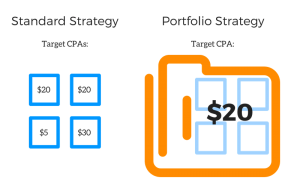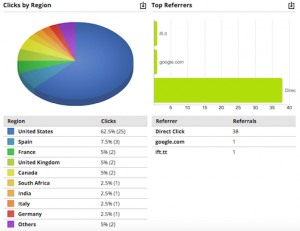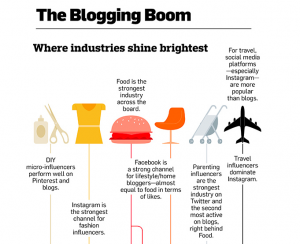Bringing Agency Work In-House: Best Practices For Tough Times
Yet, in a survey conducted by RSW/U.S. last December, only 39% of marketers said more than half of their marketing work was being done in-house — a drop from 58% the previous year. The swings between acceleration and slowdown of in-housing leaves the function with an unsettled role.
We know that industry sentiment will ebb and flow. We know that getting an in-house agency off the ground is a complex process that takes time, thought and planning — whether the strategy is motivated by cost-savings or broader marketing transformation. We know that there are no one-size-fits all solutions.
So where does a potential recession leave in-housing? Here are some best practices that every company can follow:
Adopt a more flexible resourcing approach. Take advantage of hybrid and contractor talent trends. Implementing just-in-time resourcing, with a smaller full-time/central team, allows you to pivot around ever-changing needs of consumers and market realities.
Thinking strategically about talent allows for fluidity. Resources like Working not Working, We are Rosie and HuntClub have made this model easier to execute.
Reframe the team around generalist skills. Traditionally, there’s an oversupply of subject matter experts versus generalists. Shift always-on resources from creatives to strategists and project managers to allow for solid operations that can adjust based on business needs.
By identifying priority projects and subsequent skill sets, companies can create a more efficient staffing mix and reduce untapped resources during valleys of workload.
Focus on measurable business objectives. As budgets get squeezed, it’s critical to be connected to the business mission. Remember that great creative is always aligned with business KPIs. Get closer than ever to business leaders, and know their priorities by heart.
Creative investments, test-and-learn trials and campaign frameworks should be prioritized to ensure that dollars are working efficiently across the entire business.
Build trust through clarity and mission focus. Don’t skimp on relationship building, even when everyone is “on the same team.” Roles and responsibilities can become muddied between in-house teams, other departments, and AORs. Eliminate this with clear documentation and an emphasis on mutual understanding between roles.
By clearly communicating the mission of the in-house team, you can have more effective conversations and navigate this gray area.
Measure progress to improve efficiency. Market instability will require business priorities to adapt. Keep your in-house team focused on measurable, shared goals. Teams with clear runway, support and objectives will achieve tremendous success.
Identify performance objectives for your in-house teams, and build a dashboard for optimization. Historical data will illuminate purposeful pivots for the team.
Make no mistake: Creating an in-house agency is hard work. However, investing in in-house capabilities during economic downturns can deliver financial goals for brands willing to lay the groundwork now.
(12)







